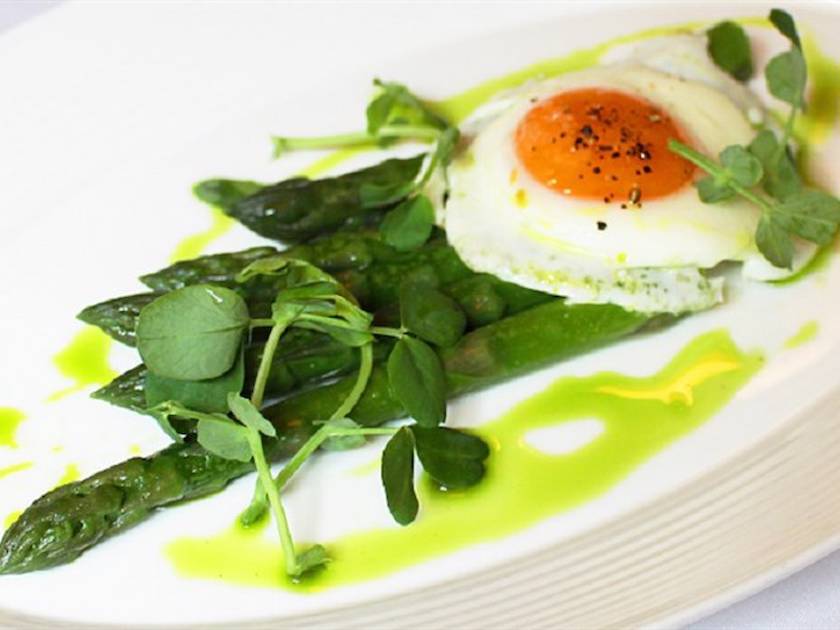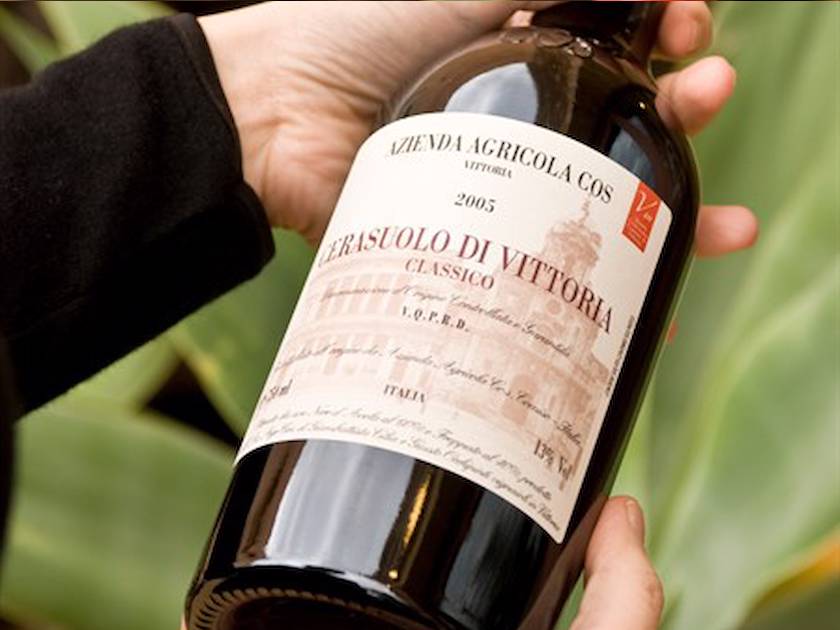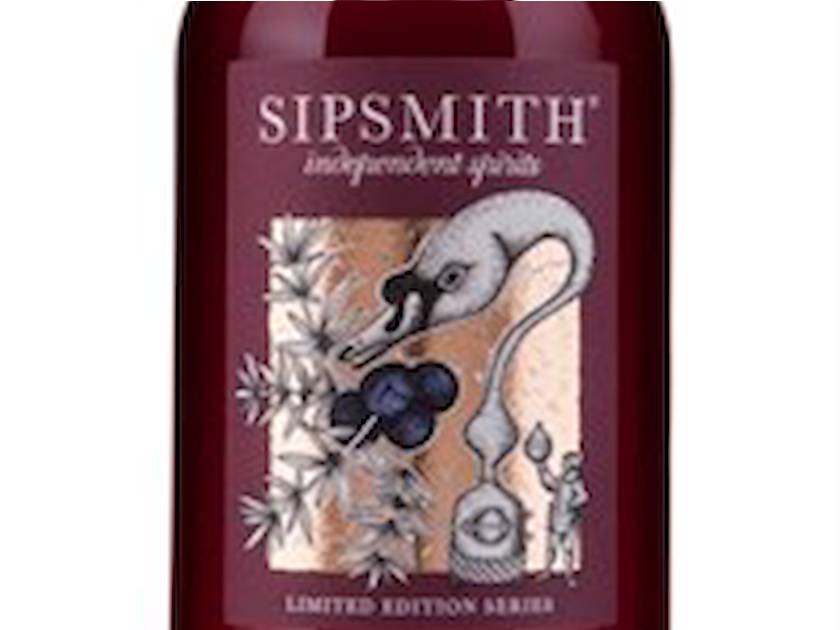Sherry - A truly Spanglish drink
Sherry is part of the very fabric of our nation and it’s making a comeback as it’s rediscovered by new generations. Mike Kass-Stock enjoys a tipple and finds there’s nothing more British than Spanish sherry...
Sherry has long been supped on the British Isles. Shakespeare refers to it in Henry IV, while Samuel Pepys pays the fortified wine homage in his diaries. Indeed, Poet Laureates of old, like Jonson and Dryden, were actually paid in sherry. Yes, there are certain things that we all consider British; cricket, tea, marmite and… sherry. Some, such as cricket are home grown, but we are also a nation of hoarders, it’s a habit that has long been with us. We pick up shiny trinkets from around the world, bring them back to our slightly damp island and make them our own. And with the re-emergence of sherry it is worth looking at its origins; for this is a giant amongst wines and its standing alongside its contemporaries is sadly overshadowed by our surprising lack of knowledge. Here lies the problem, for we have forgotten just how wonderful this unique Spanish wine is. We judge sherry not for how it tastes, but on preconceived misconceptions that it’s the sort of thing little old ladies drink in the afternoon. Gin has shaken off its stuffiness, now sherry is about to follow.
THE INVENTION OF SHERRY. True sherry is only grown in a triangular region between the towns of Jerez de la Frontera, El Puerto de Santa Maria and Sanlúcar de Barrameda. Its origins can be traced back to the Phoenicians, who settled in this region of the Iberian Peninsula and founded the city of Cádiz in around 1104 BC. It’s possible that these settlers introduced grapevines as they established their control over the area. The Greeks followed and brought with them the method for making a dark coloured, sweet tasting syrup called arrope that was used to sweeten wine. By the time the Romans took control in 206 BC, winemaking was firmly established and the local drink soon became popular throughout the empire, where it was known as Ceretanum, or the wine from Ceret (later called Jerez). During the period of Moorish control, Jerez was known as Sherish, which is considered to be the origin for the name of both the town and the wine. In the 13th century, as the Moors were pushed out the region came under the control of Spain and the production of sherry increased and gained a reputation around Europe. It’s even reported that the wine accompanied Columbus on his journey to the New World.
SHERRY COMES TO ENGLAND. Most of us know that, like champagne, sherry can only come from a particular region. The brand vigorously defends its name. But do you know how this great wine came to our shores? In the year 1596 during the Anglo Spanish War, a joint English and Dutch fleet captured and sacked the city of Cádiz. The reason for this daring endeavour was to destroy a fleet of ships being built and assembled for the invasion of England. One man present and in charge of a squadron of warships was none other than Sir Francis Drake. Amongst other spoils of battle from his daring exploits that day was the capture of 2,900 barrels of local wine that were on the docks awaiting loading to the Spanish ships bound for the Americas. You can imagine the scene upon his return to England with this booty. And the English found that they rather liked this sherry. The timing was perfect as relations with France were fraught and so wine supplies from this region were drying up. The Venetian traders during this period were also losing their access to the wine markets of Greece and Cyprus due to the rise of the Ottoman Empire. So history and politics enabled sherry to enter stage left. The wine, which became commonly known as ‘sack’, is reportedly in reference to the sacking of Cádiz. Shakespeare refers to sherry in Henry IV when John Falstaff declares, “If I had a thousand sons, the first humane principal I would teach them should be to forswear thin potations and addict themselves to sack.”
THE ART OF SHERRY. Sherry is made from the Palomino grape, which is perfect for the production of the dry base wine from which sherry is ultimately produced. The grapes are lightly crushed and the juice is fermented using neutral yeast. It is then lightly fortified with a neutral, high alcohol spirit to raise its alcohol content. An essential part of the creation of sherry is the layer of film forming yeasts called flor that develop on the surface of the wine. This flor develops naturally when a space is left within the barrel, or butts, as they are known in sherry production. This layer protects the developing wine from oxidation while also adding to the taste by metabolising the alcohol. Sherry is aged in the solera system, which involves blending the wines of different ages. Solera literally means ‘on the ground’ and this refers to the lower level barrels. The sherry is transferred through each layer from top to bottom to create the different types. Aged for a minimum of three years, the longer the wine goes through the system the darker the colour and sweeter the taste.
THE SHERRY BODEGAS. To walk around the town of Jerez today you will notice a familiarity and often Englishness with the names of the sherry producers. Williams & Humbert, Gonzalez Byass, Harvey’s Bristol Cream and Tio Pepe are all household names in the UK. These brands are familiar due to the popularity of sherry on our shores. Brought about by the exploits of a famous seafarer, who contrary to his standing in the rest of Spain, is actually looked upon with fondness by the people of the Cádiz region. Perhaps it’s time to see sherry in an entirely new light. This is a drink borne from a fiery, sun-parched land, which is also the birthplace of flamenco, tapas and majestic Andalusian horses. Sherry is so far removed from our preconceived conceptions, it deserves a more exotic reputation. And if you really want to embrace the sweet nectar, make a pilgrimage of your own to Jerez, sit at one of the many bars in the central square, order tapas and Fino, or possibly an Amontillado, and immerse yourself in the land of sherry.
TYPES OF SHERRY. The length of the aging process creates several distinct types of sherry that vary in both colour and sweetness.Fino Meaning ‘fine’ in Spanish is dry and pale in colour. The wine is aged entirely under a cap of flor to prevent contact with the air and matures for a minimum of two years. The alcohol content of a Fino is 15-17%.Manzanilla This is the same as Fino sherry but slightly stronger in aroma and taste. Location has a part to play in the final product as this wine is only produced and matured in the area of Sanlucar de Barrameda, which is closer to the sea than Jerez. It is aged for five years and has an alcohol content of about 15%.Amontillado With an alcohol content of roughly 19.5%, this sherry is first aged under flor but then further aged while exposed to the air, which enters through the slightly porous oak barrels. This produces a darker and drier tasting wine than the Fino.
Palo Cortado A dry sherry with roughly 20% alcohol, this wine is darker still with a slightly sweet, nutty taste. Aged initially in the same way as the Amontillado, it later develops a character similar to an Oloroso.
Oloroso Aged for longer while exposed to oxygen due to the flor being suppressed by fortification at an early stage. This wine can be aged for several decades and is darker with a strong walnut taste.
Cream This is the sherry that we all are familiar with, produced for the British market and more precisely in the city of Bristol. An excerpt from a traveller’s diary, dated 1634, reads: “And so, with a cup of Bristol Milk, we parted with our honest and grave host, and bade this sweet city adieu." Bristol milk was the precursor to the Bristol Cream Sherry, which was created in the 1860’s by Harvey’s Sherry of Bristol. Fino, Amontillado and Olorosso were mixed with a small amount of Pedro Ximénez for added sweetness. Already producing Bristol Milk, this new sherry was unnamed until a well-to-do lady tasted the new concoction while visiting their cellars and remarked, “If that is milk, then this is cream!”
Pedro Ximénez This is a syrupy, dark liquid with a strong raisin taste and makes an excellent desert wine.











